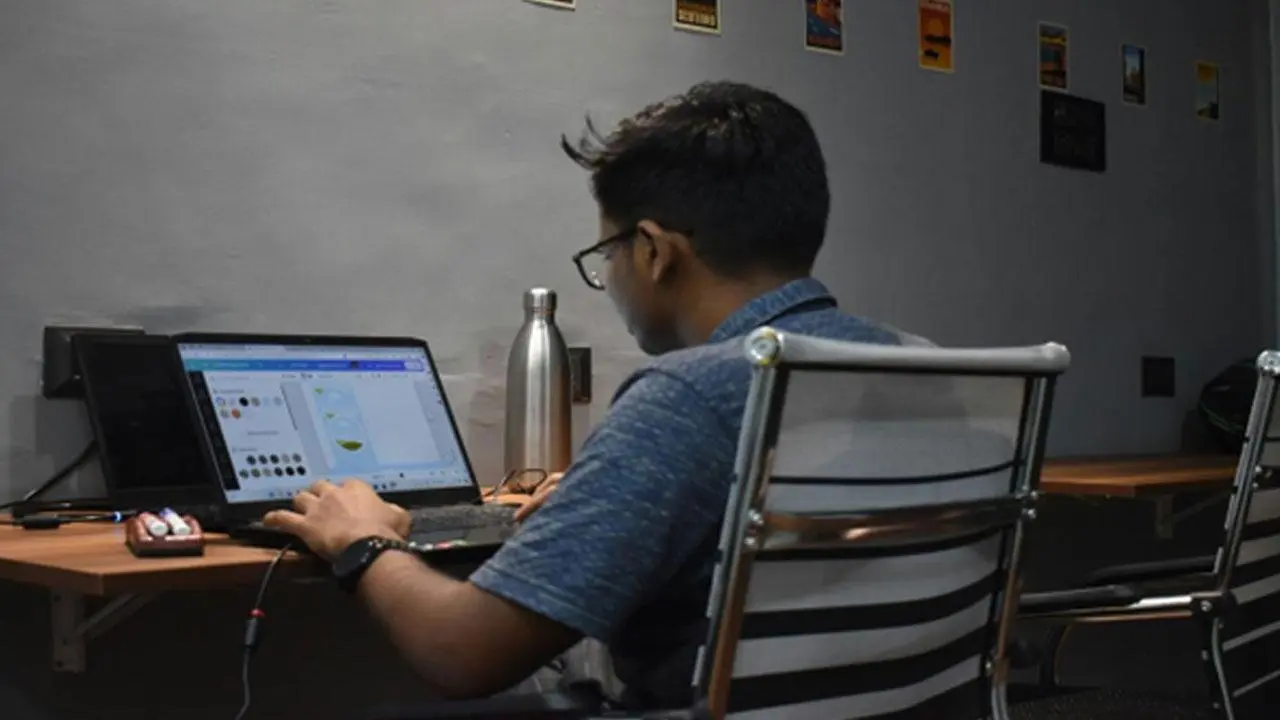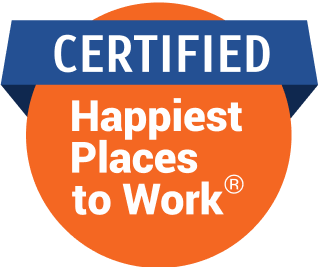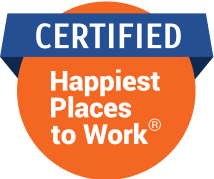Explore top platforms that help students build real-world skills in communication, problem-solving, research, and collaboration for success in modern careers.

Student designing a project using a laptop.
Students today face a rapidly evolving job market that values adaptability, collaboration, and innovation. The skills required to succeed in modern careers go far beyond memorization. Employers seek candidates who can think critically, solve complex problems, communicate clearly, and work well in diverse environments. These 21st-century skills are becoming just as essential as academic knowledge.
In response, a growing number of educational platforms now focus on building these abilities through structured, engaging experiences. Many of these tools are used both in classrooms and independently. They combine real-world problem solving with peer collaboration, feedback systems, and cross-disciplinary learning. Some students also seek external academic support during this process. For example, they may use an American essay writing service when managing heavy workloads. These services can help free up time to focus on long-term skill development alongside formal education.
This guide introduces several of the most effective platforms for cultivating 21st-century skills. Each offers a unique approach to preparing students for future roles, whether in technology, healthcare, business, or public service.
Critical Thinking: Platforms That Challenge Assumptions
Critical thinking means the ability to evaluate evidence, interpret arguments, and make decisions based on logic rather than assumptions. This is especially important in a world of rapid information exchange, where misinformation spreads quickly.
Key platforms:
- MindEdge Learning: Offers modules on reasoning, argument analysis, and decision-making. These are often included in business and leadership courses.
- Argument Wars (iCivics): A game-based tool that challenges users to apply logic in court case simulations. Particularly popular in high school classrooms.
- Exploratorium’s Science Snacks: Encourages students to question, test, and explore concepts in hands-on science investigations.
Each of these resources prompts students to pause, reflect, and examine multiple sides of an issue before responding. In academic settings, this complements written assignments and debates, which is why some instructors pair these platforms with exercises that strengthen argumentative writing.
Research and Writing: Tools That Support Depth and Clarity
Research and writing continue to serve as foundational practices in higher education and beyond. In the context of 21st-century skills, emphasis is placed on clarity, originality, and persuasive structure rather than output volume.
Useful resources:
- Perusall: Combines collaborative reading with note-sharing and peer feedback to improve academic engagement and comprehension.
- Zotero: Helps students organize research sources, manage citations, and track annotations.
- EssayService: Known for high-quality academic assistance, this platform also provides tools and feedback that help students strengthen their writing structure and clarity.
Students using tools like EssayService often report increased confidence when revising their work. An in-depth review of EssayService’s platform shows how it helps students learn through example by demonstrating structured writing and offering editorial support.
Communication Skills: Building Confidence and Fluency
Communication in the 21st century involves much more than writing essays. Students must be able to express ideas clearly across multiple formats, including written, spoken, visual, and digital. Platforms that help students practice and refine this skill are essential, especially for collaborative work and public speaking.
Top platforms:
- Flip (formerly Flipgrid): Allows students to record short video responses to prompts, fostering oral expression and confidence in speaking.
- Canva for Education: Offers intuitive tools to create presentations, infographics, and videos. These help students communicate ideas visually.
- Speechling: Designed for language learners but also useful for developing tone, pace, and articulation in spoken communication.
These platforms allow students to rehearse, revise, and receive feedback in ways that mimic real-world settings. Whether presenting in class or pitching an idea in a professional context, this kind of practice supports stronger self-expression.
Creativity and Innovation: Platforms That Inspire Original Thinking
Creativity goes beyond artistic skill. It includes the ability to generate new ideas, approach problems from different angles, and develop original solutions. Innovation thrives when students have the freedom to explore, experiment, and revise.
Recommended platforms:
- Tinkercad: An intuitive 3D design and coding tool that helps students visualize and prototype real-world solutions.
- Adobe Express for Education: Simplifies graphic design and video creation, giving students creative control over storytelling and digital projects.
- Sketchbook by Autodesk: A free, professional-grade drawing app used by design students and visual thinkers.
These tools are useful across disciplines, from engineering to the humanities. They support the kind of creative problem-solving that employers increasingly demand in innovation-driven fields.
Collaboration and Problem-Solving: Working With Purpose
Real-world work rarely happens in isolation. Platforms that promote teamwork and structured problem-solving help students build collaboration skills, particularly in environments that reflect real-world dynamics.
Recommended tools:
- Trello or Asana (Student Versions): Teach project management, task assignment, and accountability through shared goals.
- PBLWorks: Offers project-based learning resources and frameworks to help students work in groups to solve complex problems.
- Minecraft Education Edition: Used in schools for STEM projects, design thinking, and peer collaboration in immersive scenarios.
These tools are increasingly common in classrooms focused on active learning. They are also used in co-curricular programs such as robotics teams, student publications, and environmental clubs, where clear communication and shared responsibility matter most.
Digital Literacy and Adaptability: Navigating an Evolving World
The digital landscape is constantly shifting. Students who learn how to evaluate tools, adapt to new technologies, and stay aware of digital risks are better prepared for the future. Digital literacy platforms help build this fluency.
Effective choices:
- Common Sense Education: Provides digital citizenship lessons that cover online safety, data privacy, and media analysis.
- Google Applied Digital Skills: Offers self-paced tutorials on using digital tools for organization, presentation, and collaboration.
- org: While focused on computer science, it introduces logic, automation, and iterative problem-solving. These skills apply to many careers.
The goal is to use digital tools effectively, while also understanding and applying them responsibly. These platforms help students transition from passive users to active participants in a tech-driven world.
Choosing the Right Platform for Your Goals
Not every student needs the same tools. Some are preparing for specific careers, while others are focused on building soft skills that apply across professions. What matters is intentional use. Students should choose platforms based on their goals, rather than on features alone.
These platforms are more than educational supplements. They give students a head start in understanding how to think, communicate, collaborate, and adapt in professional environments. As demands evolve, the tools will change as well, but the core skills will remain essential.
 Subscribe today by clicking the link and stay updated with the latest news!" Click here!
Subscribe today by clicking the link and stay updated with the latest news!" Click here!








